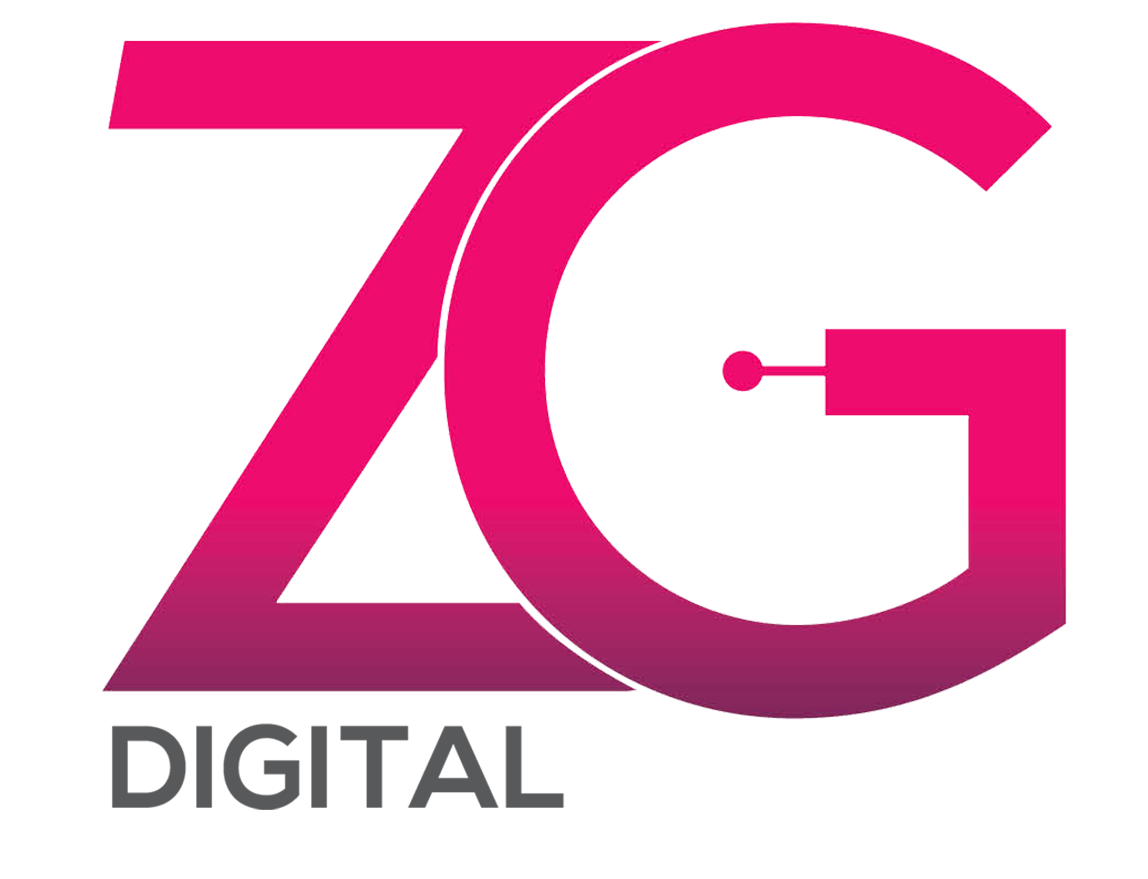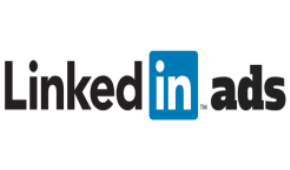
Pay-Per-Click (PPC) advertising has become a cornerstone of digital marketing, offering businesses a powerful way to drive targeted traffic and generate leads or sales. Google Ads, in particular, remains a dominant force in the PPC landscape, but maximizing ROI requires more than just setting up campaigns and bidding on keywords. explore effective strategies for optimizing PPC campaigns on Google Ads and beyond, helping businesses achieve their marketing goals while maximizing their return on investment (ROI).
Conduct Comprehensive Keyword Research:

Effective keyword research lays the foundation for a successful PPC campaign. Start by identifying relevant keywords and phrases that align with your business, products, or services. Use keyword research tools like Google Keyword Planner, SEMrush, or Ahrefs to discover high-volume, low-competition keywords that offer the best potential for driving qualified traffic. Additionally, consider long-tail keywords and negative keywords to refine your targeting and minimize wasted ad spend.
Create Compelling Ad Copy:

Crafting compelling ad copy is essential for capturing users’ attention and encouraging clicks. Write clear, concise, and persuasive ad copy that highlights your unique selling propositions (USPs) and entices users to take action. Incorporate relevant keywords into your ad copy to improve ad relevance and quality score, which can positively impact ad placement and cost-per-click (CPC). Test different ad variations, headlines, and calls-to-action (CTAs) to identify what resonates best with your audience.
Optimize Landing Pages for Conversions:

A seamless user experience is critical for maximizing the ROI of your PPC campaigns. Ensure that your landing pages are optimized for conversions by aligning with the ad messaging and offering relevant content and compelling offers. Use clear headlines, persuasive copy, and visually appealing design elements to guide users toward the desired action, whether it’s making a purchase, filling out a form, or signing up for a newsletter. Implement A/B testing to identify areas for improvement and optimize conversion rates over time.
Monitor Performance and Optimize Continuously:

PPC advertising is not a set-it-and-forget-it endeavor; it requires ongoing monitoring and optimization to maintain effectiveness and maximize ROI. Regularly review key performance metrics such as click-through rate (CTR), conversion rate, cost-per-acquisition (CPA), and return on ad spend (ROAS). Identify underperforming keywords, ads, and campaigns, and make data-driven adjustments to improve performance. Experiment with bid adjustments, ad scheduling, geographic targeting, and audience segmentation to optimize for maximum efficiency and results.
Conclusion:

Maximizing ROI with PPC advertising requires a strategic approach and continuous optimization across all stages of the campaign lifecycle. By conducting comprehensive keyword research, crafting compelling ad copy, optimizing landing pages for conversions, leveraging ad extensions, and monitoring performance closely, businesses can achieve better results from their PPC campaigns on Google Ads and beyond. With the right strategies and tactics in place, PPC advertising can be a highly effective tool for driving targeted traffic, generating leads, and achieving marketing objectives while maximizing return on investment.







